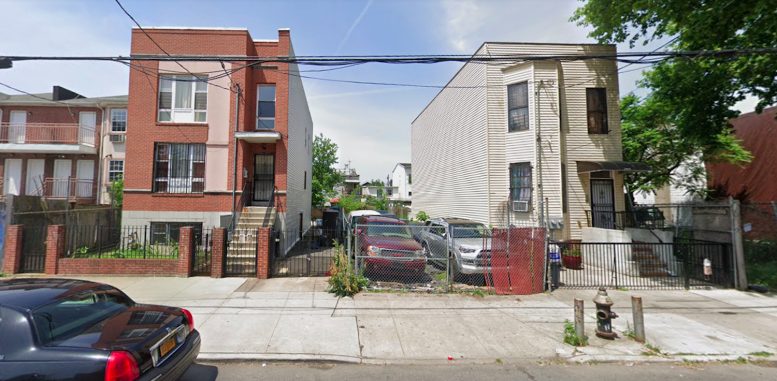
Lydia Boggs was the daughter of John Boggs and Jane (née Irwin) Boggs. Moses Shepherd and Lydia Boggs married about 1783, but they had no children together during the course of their almost fifty years of marriage. The Shepherd and Boggs families were both taking refuge inside the fort during the siege. He met Lydia Boggs during the last siege of Fort Henry on the Ohio River, the fort that defended the early settlers of the Wheeling area against Native American attacks, in September 1782. Moses Shepherd was the son of David Shepherd and Rachel (née Teague) Shepherd.

Shepherd Hall was built on the site of the former Fort Shepherd. Moses Shepherd inherited this land upon his father's death in 1795 and continued to operate the plantation. The fort was burned to the ground by Native Americans. Moses Shepherd's father built Fort Shepherd upon this land and operated a large plantation and grist mill. Moses Shepherd and his family migrated from Mecklenburg, Frederick County (later Berkeley County), Virginia (now Shepherdstown, Jefferson County, West Virginia) to the District of West Augusta, Virginia (later Ohio County, Virginia and now Ohio County, West Virginia) about 1771 and settled on the banks of Wheeling Creek, a tributary of the Ohio River, near the Forks of Wheeling Creek where Big Wheeling Creek collects Little Wheeling Creek. He and his wife, Lydia (née Boggs) Shepherd (Febru– September 29, 1867), resided there on the grounds of their plantation.

Shepherd Hall (later known as Stone Mansion and now Monument Place) was built in 1798 by Moses Shepherd (Novem– April 29, 1832).


 0 kommentar(er)
0 kommentar(er)
